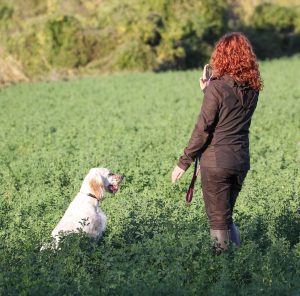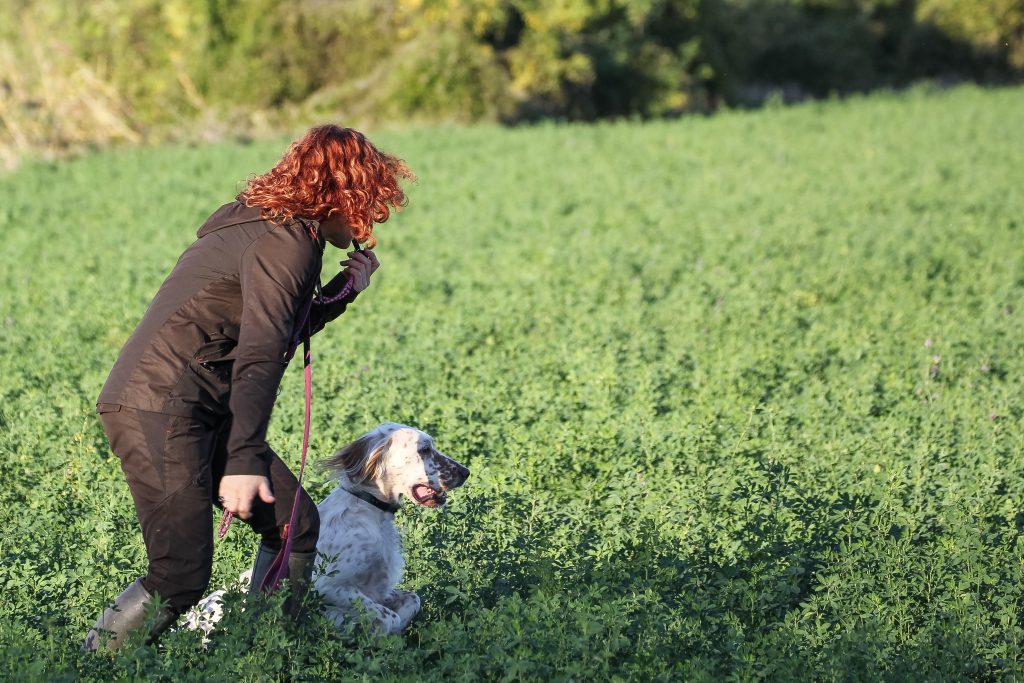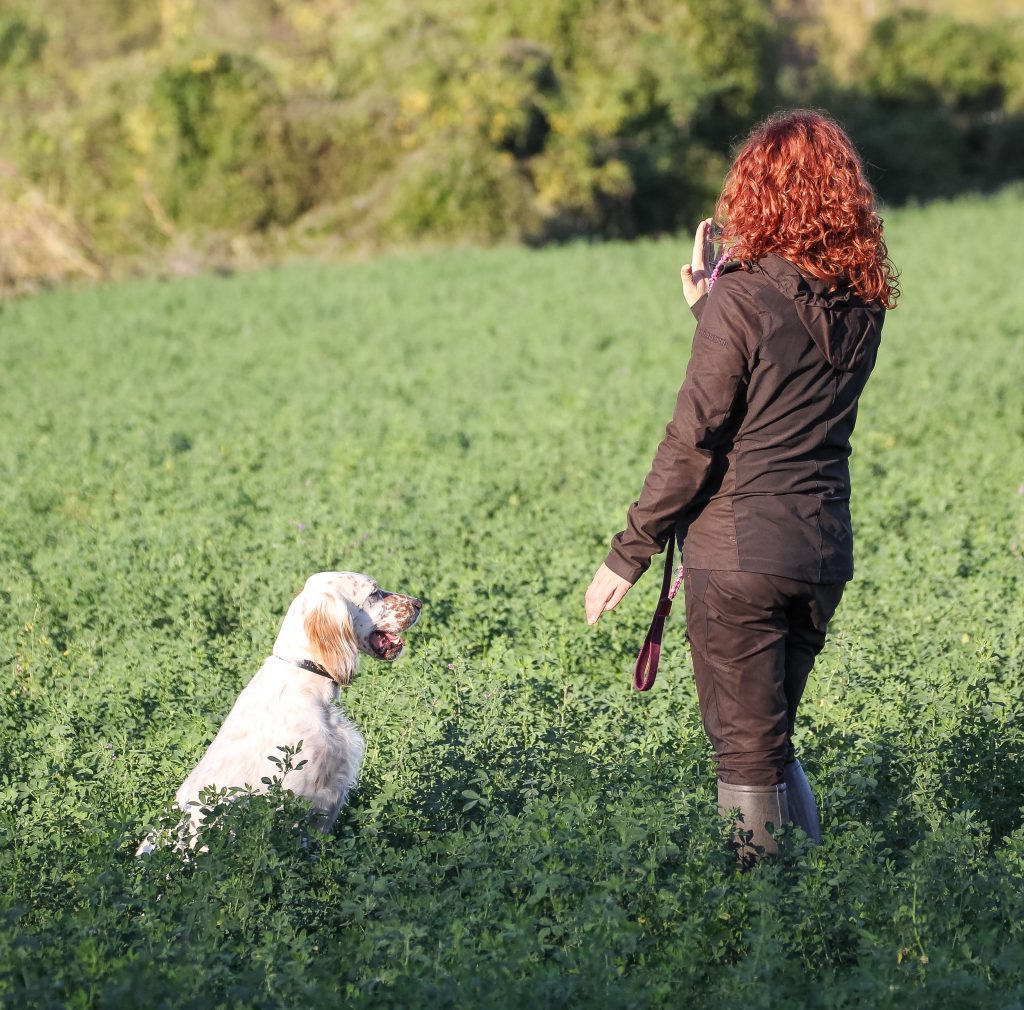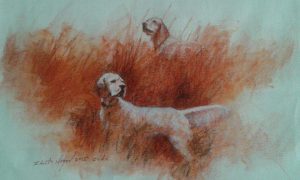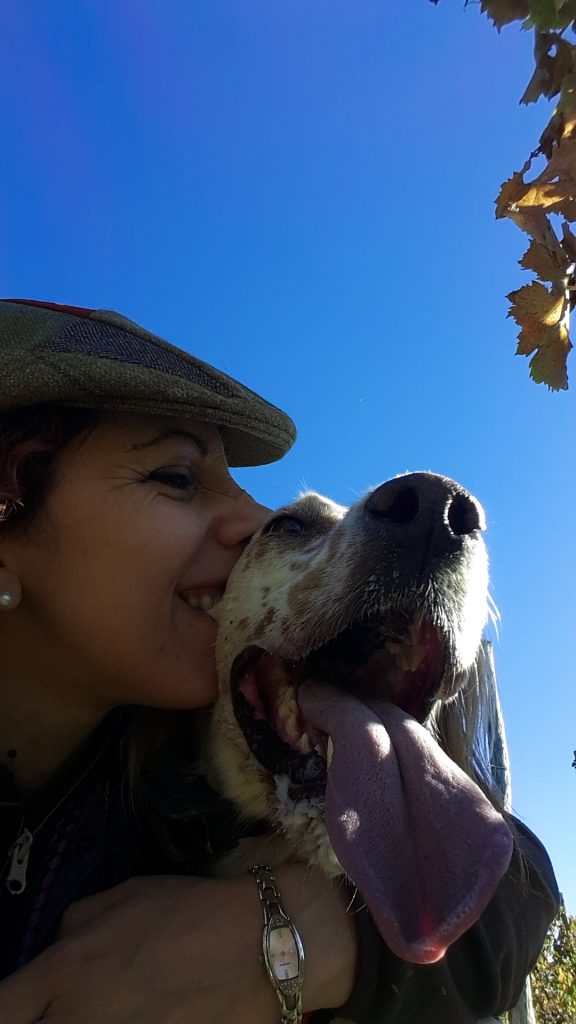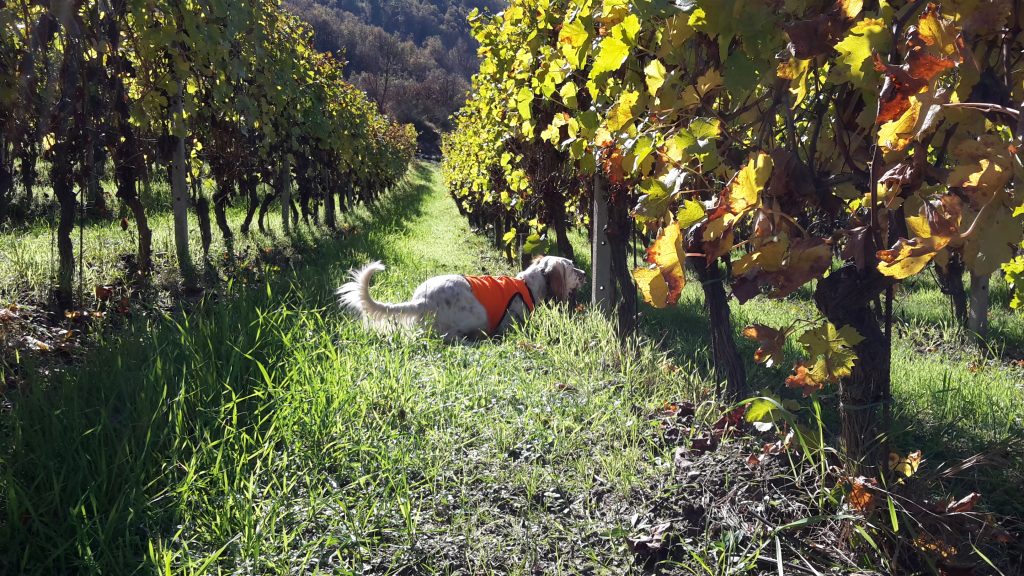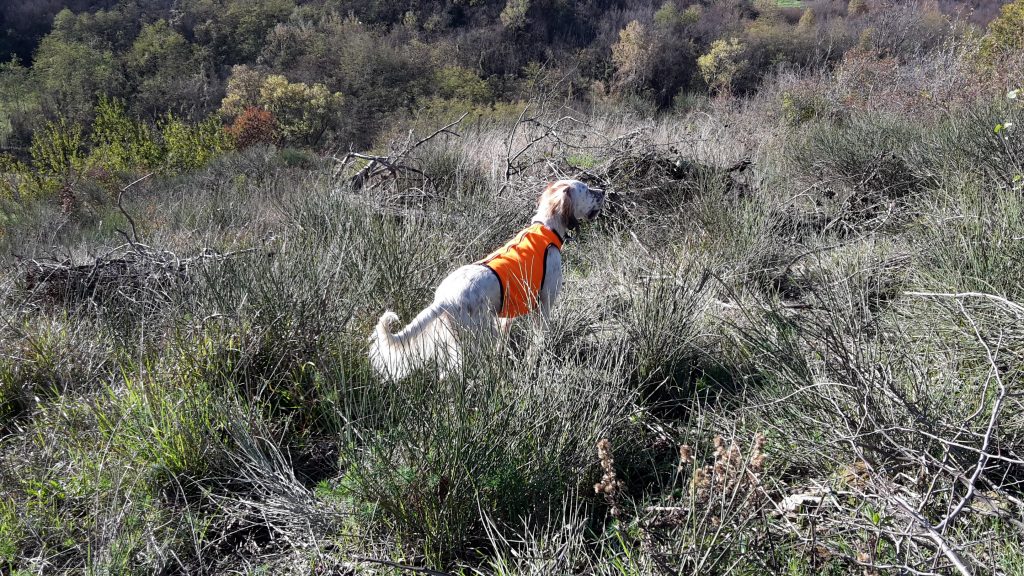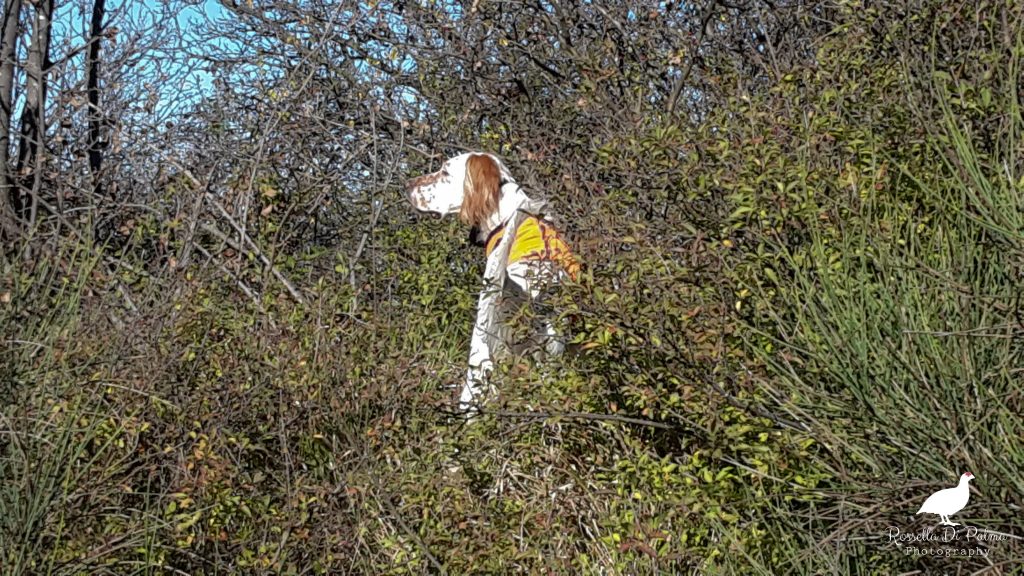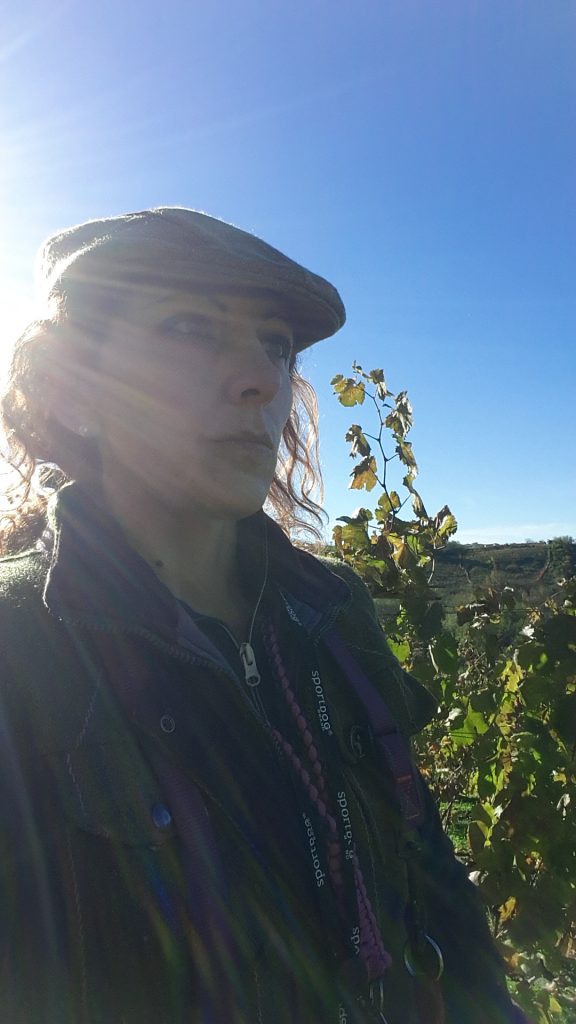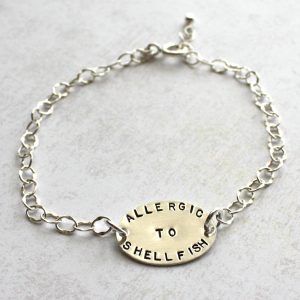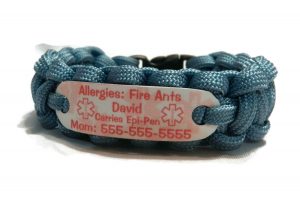Harkila Jerva: la prova in campo
Soffia un vento siberiano. Ok, non sono sicura che sia siberiano ma soffia da est e e è molto freddo.
Gli stranieri immaginano l’Italia come un paese caldo e soleggiato tutto l’anno. È una bufala,probabilmente messa in giro da chi opera nel turismo, vi posso assicurare che, qui al nord, abbiamo inverni molto freddi. Comunque, quello che il vento cerca di dirmi è che è giunto il momento di terminare il test del mio completo Jerva. Chi segue il blog, sa già che Harkila mi ha fornito un completo da caccia da testare. Ho già descritto i dettagli estetici e tecnici del completo qui, ora vi dirò come l’ho testato e cosa ne penso. Il completo è arrivato a metà ottobre e l’ho indossato per circa un mese, quasi tutti i giorni. Dal momento che lavoro (e studio) da casa, non ho vincoli di abbigliamento quindi, in autunno e in inverno, mi aggiro per le strade vestita come… un guardiacaccia. Abitando fuori città, ho comodo accesso alla campagna e quindi il cane esce per passeggiate e sessioni di addestramento nei campi tutti i giorni. Questo significa che devo indossare abiti adatti al fango, al vento, alla pioggia e alla nebbia. Quando torno a casa mi scordo di cambiarmi e continuo la giornata con gli stessi vestiti, ovvero vado al supermercato o in posta indossando abbigliamento da campagna che sfuma dal verde al marrone, devo sembrare decente. Va bene sembrare un guardiacaccia, ma va decisamente meno bene sembrare un boscaiolo canadese: la linea che separa queste due professioni è sottile. Comunque, mentre la indossavo, nessuno sembra avermi notato particolarmente, il che significa che stava bene. Un’amica che ha un negozio di scarpe e di accessori in centro ha visto la giacca, ha chiesto di poterla provare e poi ha fatto domande sulla stessa, sulla marca eccetera, direi che ciò definisce questo capo di abbigliamento elegante!
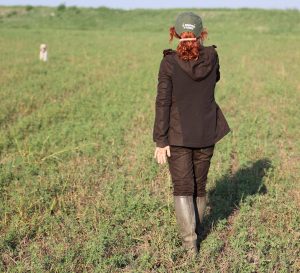
Ma continuiamo con il test sul campo, a partire dalla giacca: è molto confortevole e gli inserti in tessuto elasticizzato permettono ai cacciatori di muoversi liberamente, il fucile si imbraccia con facilità senza sentire tirare le maniche, ci si può sedere, sdraiare e allungarsi quanto serve per entrare e uscire dai fossi. Queste stesse caratteristiche tornano utili anche durante l’addestramento cani: mettiamo caso che dobbiate acchiappare il cane al volo, ecco potete farlo! Ho indossato il completo durante passeggiate, addestramento, uscite a caccia, alle prove, in climi differenti. Sotto un sole intenso, la giacca si è rivelata troppo calda, ma nei giorni normali, con temperature comprese tra gli 8°C e i 15°C gradi, si è dimostrata perfetta per il cacciatore attivo.
Vento e pioggia?Dunque, le darei un 10 pieno per il vento, un 6.5 per la pioggia. La cerniere e i tessuti della giacca Jerva bloccano il vento e tollerano acqua in quantità moderata. L’ho usata senza problemi per brevi tragitti sotto la pioggia e per lunghe passeggiate nella nebbia o sotto piogge leggere, ma non credo possa resistere a piogge forti o a molte ore passate sotto l’acqua. Rovi e detriti vegetali? i “pallini” non si attaccano, il che è un’ottima cosa, ma non la userei per affrontare dei roveti. Sono entrata in alcuni cespugli per seguire il cane al lavoro su fagiani, ma non consiglio questo completo per ambienti e compiti estremi, come fare il canettieri durante la caccia al cinghiale. Caccia alla beccaccia? Sì, potrebbe andare e andrebbe ancora meglio per la caccia di selezione alla cerca, dal momento che il tessuto è estremamente silenzioso. Una cosa che mi piace moltissimo della Jerva sono le tasche poiché sono estremamente capienti senza farvi sembrare goffi.
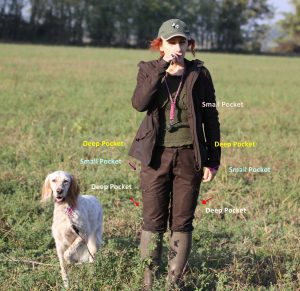
In definitiva, consiglio l’acquisto di una Jerva e se sì per quali scopi? La giacca Jerva è comoda e pratica ma, allo stesso tempo, femminile ed elegante: le donne che vanno a caccia sanno quanto sia difficile trovare tutte queste caratteristiche messe insieme in un unico capo di abbigliamento. Quindi, se avete un occhio alla qualità e all’estetica, prendetela in considerazione. La si può indossare nelle mezze stagioni, quando le temperature sono gradevoli ma il tempo può variare da un momento all’altro, in barba alle previsioni. Questa giacca è perfetta per l’addestramento cani, per le prove di lavoro, per passeggiate in campagna alla ricerca di funghi e di unicorni e per tutti i tipi di caccia,a patto che queste attività non siano praticate in ambienti e climi estremi. Se volete cacciare al freddo, leggete la recensione del completo Harkila Kana.
Passiamo ora ai pantaloni, anche loro sono stati già descritti, e anche loro hanno suscitato nelle persone il medesimo atteggiamento rilevato con la giacca, quindi, per quanto riguarda l’estetica sono approvati dagli italiani. Poco prima di riceverli, ho acquistato un paio di pantaloni da trekking da LIDL. Ammetto che l’unico motivo che mi ha spinto ad acquistarli è stato il loro color violetto erica. Ma, in ogni caso, il mio acquisto emotivo, mi ha permesso un confronto con un prodotto di qualità superiore. i Jerva di Harkila, infatti, costano circa 10 volte tanto ma c’è una ragione. i pantaloni di LIDL hanno indiscutibilmente un eccellente rapporto qualità/prezzo, gli Harkila costano molto di più ma danno altrettanto. Quali le differenze principali? Materiali, taglio (quindi come ti stanno una volta indossati) e rumorosità. La maggior parte dei tessuti sintetici impermeabili, infatti, è rumorosa: il fruscio che fanno mente vi muovete mette in allarme le possibili prede. I pantaloni della Jerva, invece, non fanno rumore e, pur essendo leggeri, offrono una discreta protezione: le ortiche mi hanno punto mentre indossavo i pantaloni LIDL ma non le ho sentite quando indossavo gli Harkila. Per quanto riguarda la pioggia, li ritengo entrambi resistenti all’acqua ma non impermeabili, non adatti a stare a lungo sotto la pioggia, come del resto la giacca. Però. Va anche detto, che i calzoni Jerva asciugano molto in fretta: durante una prova sono dovuta passare tra erba molto alta e molto bagnata. Indossavo anche gli stivali ma, essendo bassa, i pantaloni sono stati in contatto con l’erba e sono stati messi in difficoltà dall’acqua ma, sebbene ci fosse solo un timido sole e il vento fosse assente, si sono asciugati in meno di mezz’ora.
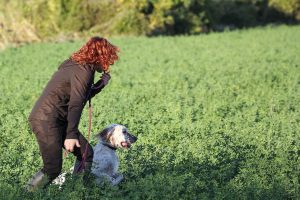
Ultimo, ma non meno importante… come stanno i pantaloni? Lo potete vedere da soli nelle fotografie, sono un po’ grandi per me ma, ciò nonostante stanno bene. Come la giacca, hanno dei pannelli in tessuto elasticizzato che permette di muoversi liberamente e di saltare da un posto all’altro. Permettono di camminare, correre e arrampicarsi, sono comodi ma non ti fanno sembrare come una casalinga in pigiama, le donne sanno quanto sia importante. Il completo Jerva è facile da tenere pulito, basta lasciare seccare il fango e poi spazzolarlo via. Per adesso ho lavato in lavatrice solo i pantaloni, senza detersivo per non rovinare la resistenza all’acqua, in futuro – visto che non vedo l’ora di usare di nuovo la giacca in primavera- acquisterò un detergente specifico per i tessuti tecnici come il Goretex.